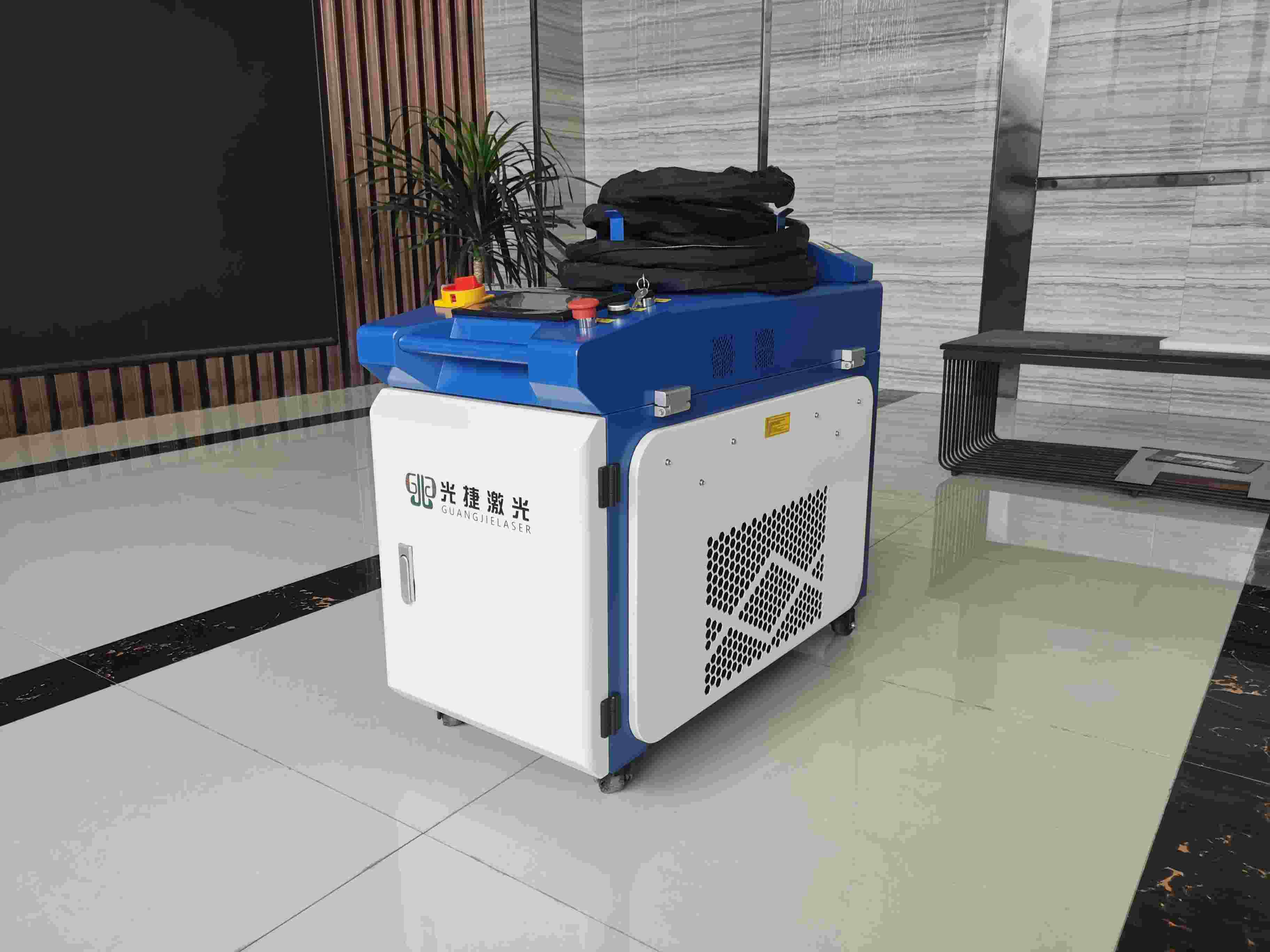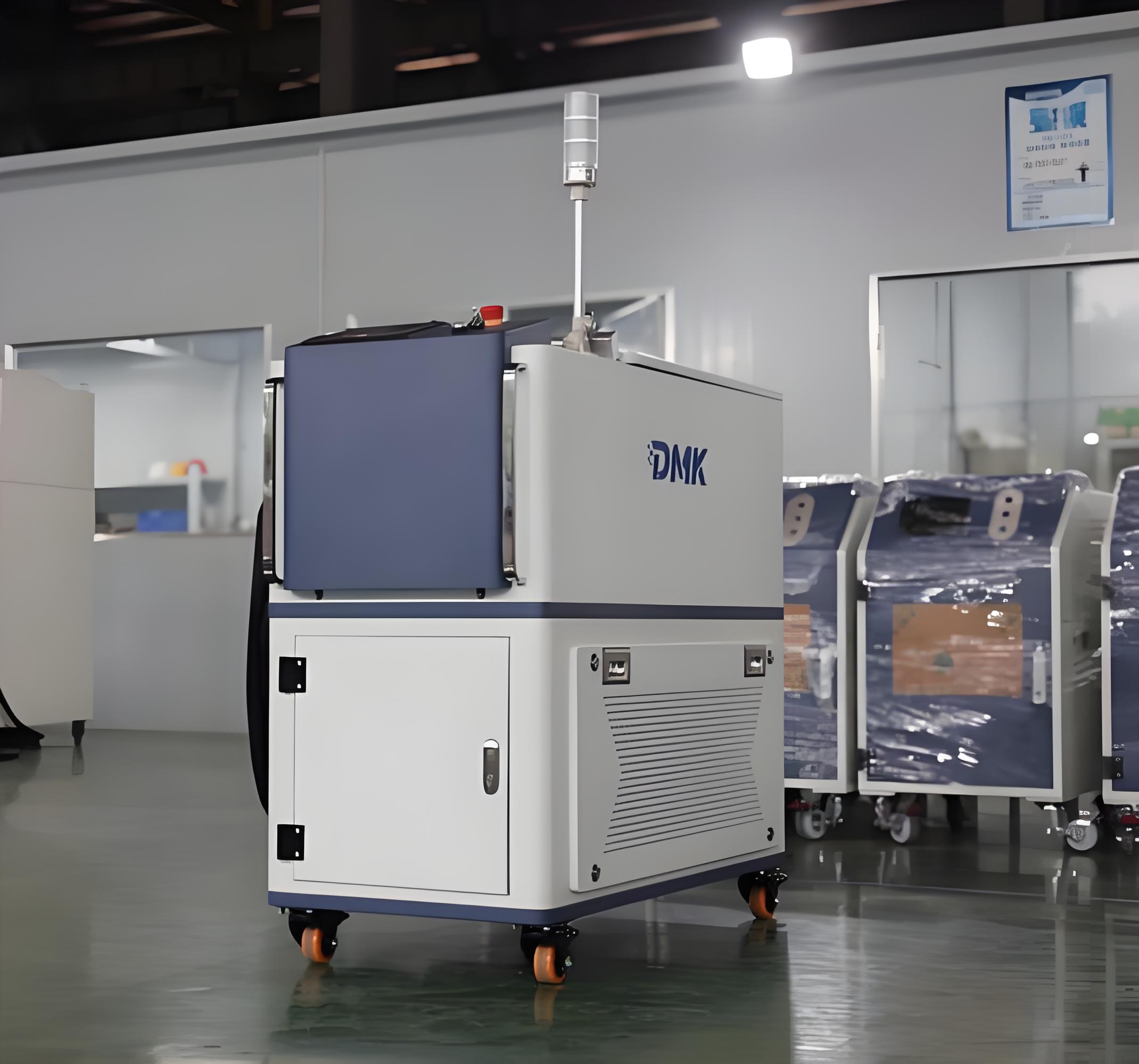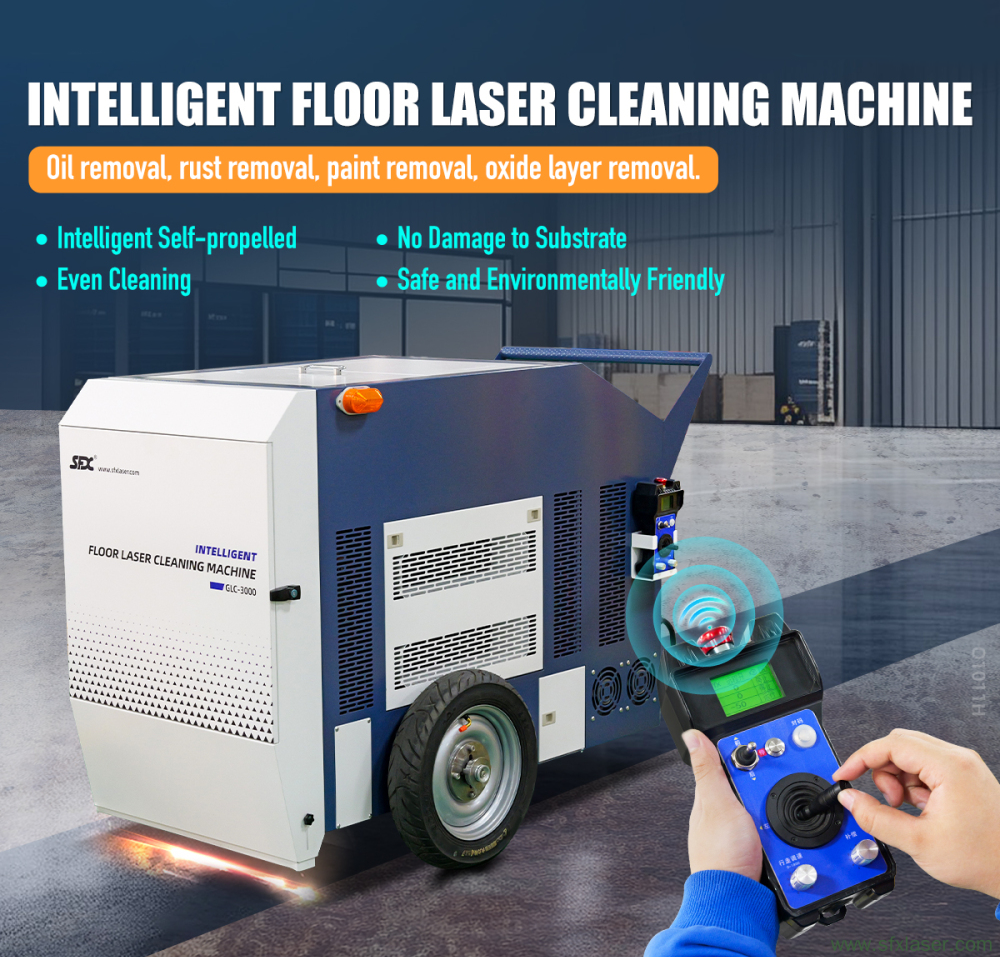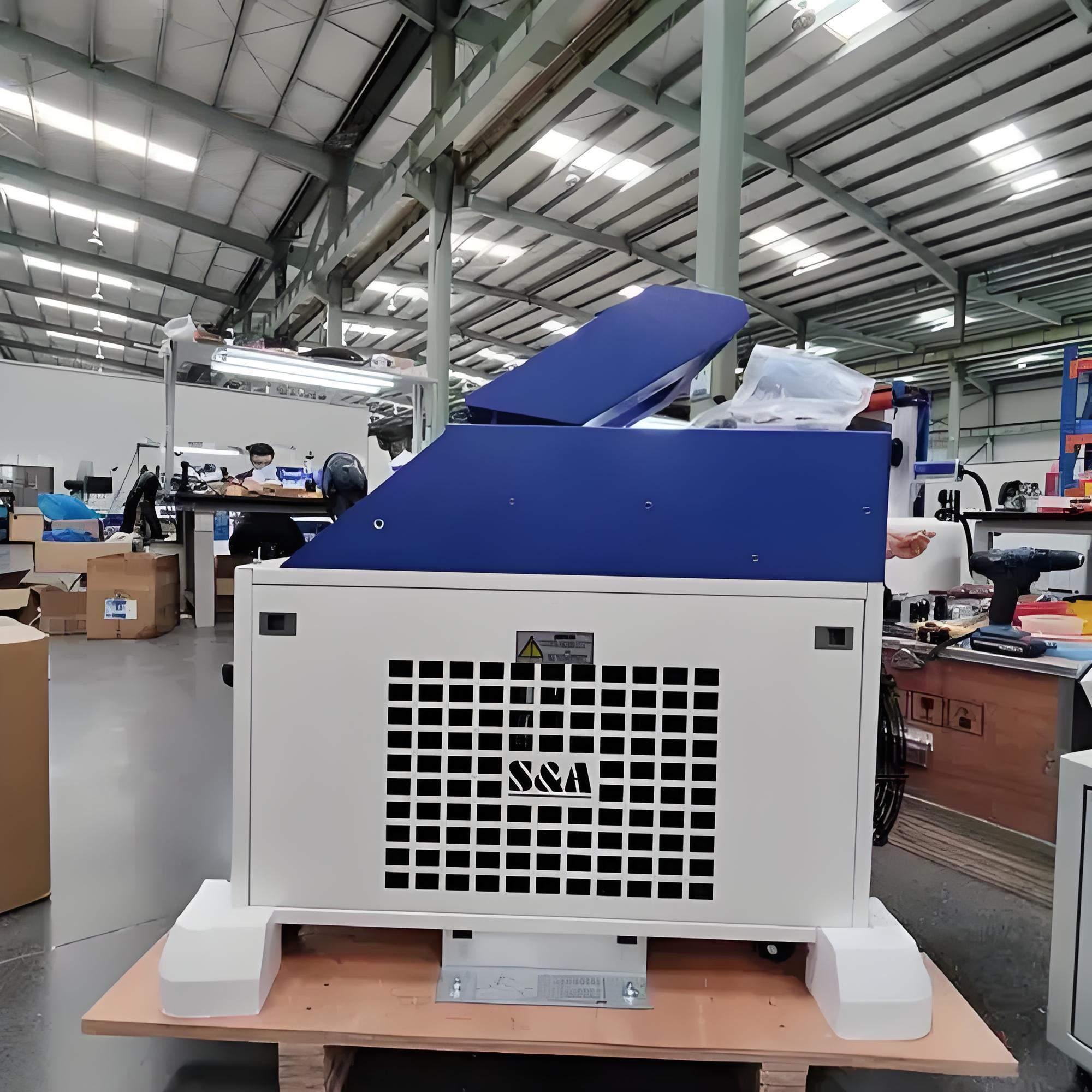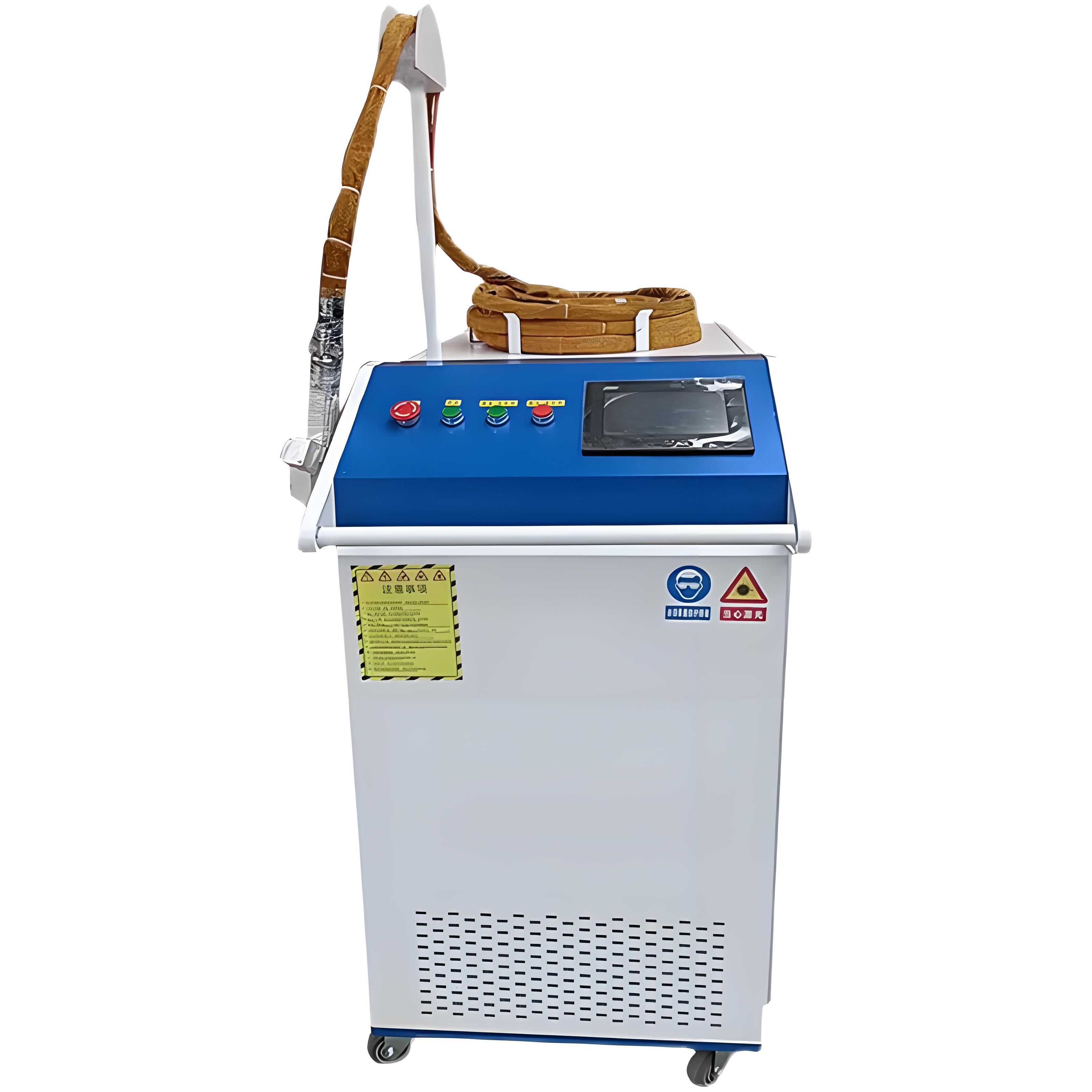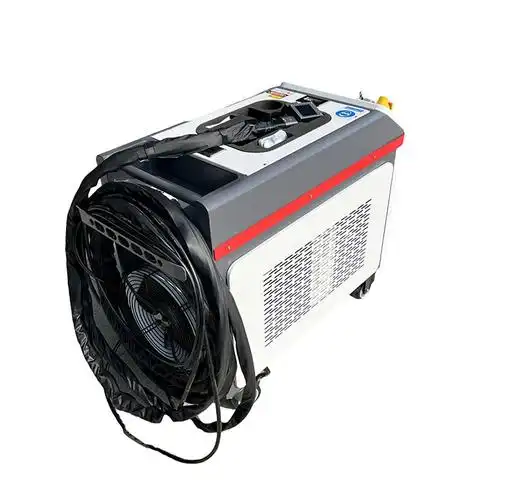As someone who’s been in the laser cleaning industry for over a decade, I’ve worked with countless businesses and individuals looking to restore rusted metal surfaces with precision and efficiency. Laser rust removal machines have revolutionized how we tackle corrosion, offering a non-contact, eco-friendly alternative to traditional methods like sandblasting or chemical treatments. But one question I hear often is: how far can these machines effectively remove rust? The answer isn’t as simple as a single number—it depends on the machine, the setup, and the specific application. In this article, I’ll break down everything you need to know about the maximum rust removal distance for laser rust removal machines, sharing insights from my experience to help you make informed decisions for your projects.
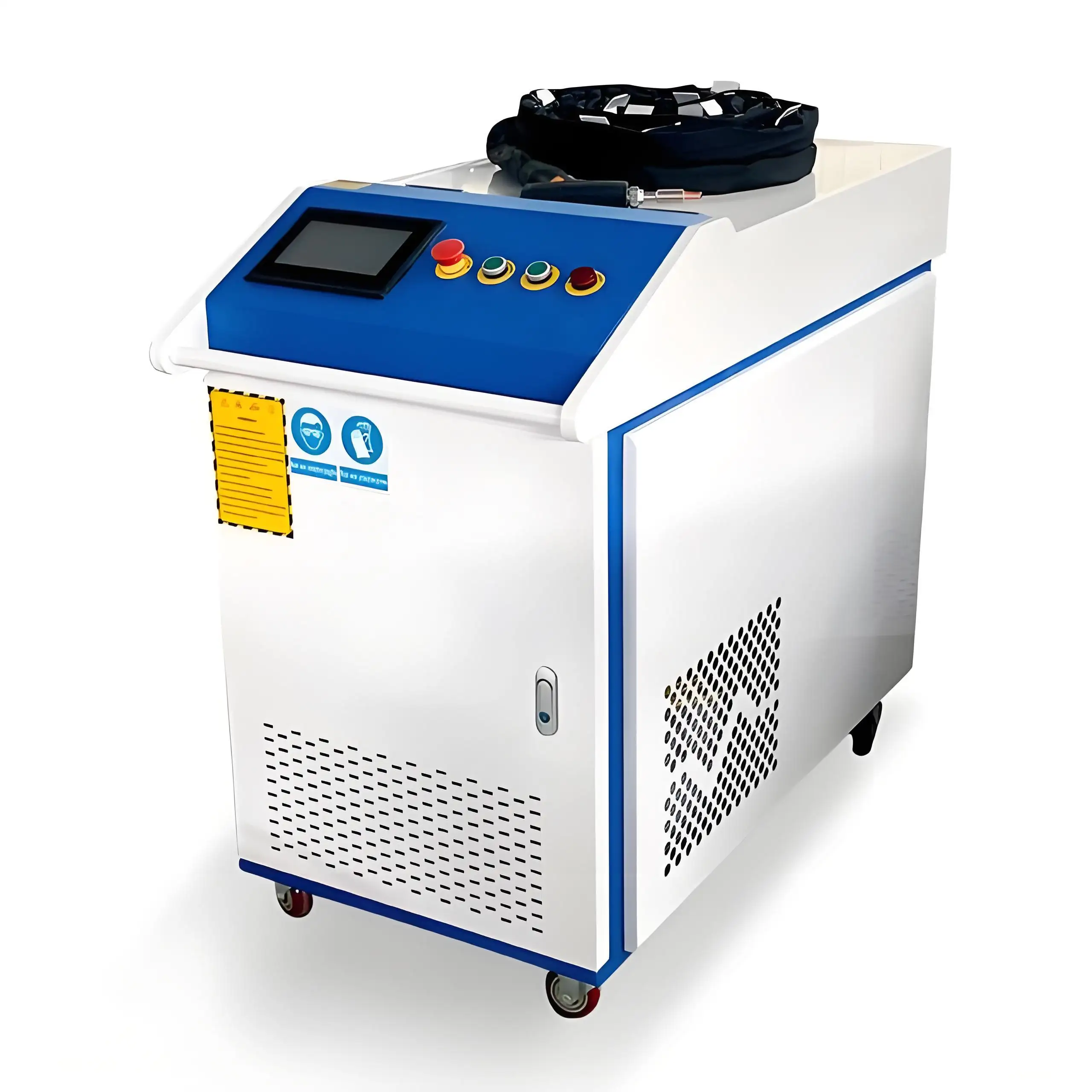
Understanding Laser Rust Removal: The Basics
Before diving into distances, let’s talk about how laser rust removal works. These machines use fiber laser beams to vaporize rust, paint, or other contaminants from metal surfaces through a process called laser ablation. The laser heats the rust to its evaporation point, breaking the bond between the corrosion and the metal substrate without damaging the underlying material. This precision makes laser cleaning ideal for industries like automotive restoration, aerospace, and manufacturing, where maintaining the integrity of the metal is critical.
The distance between the laser head and the surface—known as the working distance or focal length—plays a huge role in how effectively the laser can remove rust. Too far, and the beam loses focus and power; too close, and you risk damaging the surface or the machine’s optics. Getting this distance right is key to achieving clean, consistent results.
Factors That Affect Maximum Rust Removal Distance
From my years working with laser cleaning systems, I’ve learned that the maximum rust removal distance depends on several factors. Let’s break them down:
Laser Power: Higher-powered lasers (e.g., 1500W to 6000W) can maintain focus and intensity over longer distances compared to lower-powered models (e.g., 50W to 200W). For example, a 3000W continuous wave (CW) laser can often work at distances up to 600mm, while a 100W pulsed laser might be limited to 200-300mm.
Lens Focal Length: The lens in the laser cleaning gun determines the focal length, which directly impacts the working distance. Most handheld laser rust removal machines use lenses with focal lengths ranging from 200mm to 600mm, with 430mm being a common standard for industrial models. Longer focal lengths allow for greater working distances but may reduce beam intensity.
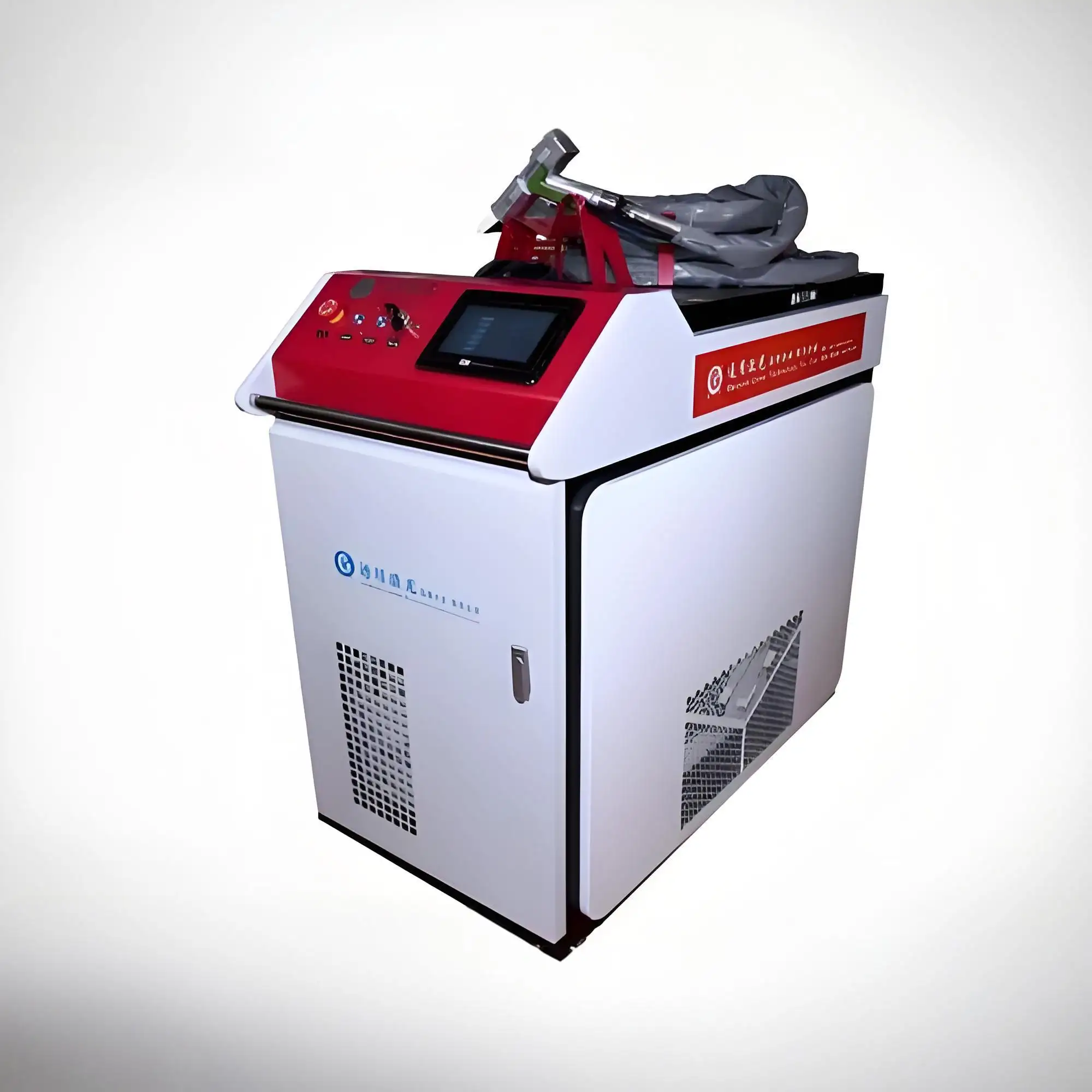
Beam Delivery System: Handheld laser cleaners typically use a galvanometric scanner to direct the laser beam. These scanners, often integrated into the cleaning gun, allow for precise control over the beam’s path and can extend the effective working distance. Some advanced systems, like those from ZAC Laser, offer 10-15m fiber optic cables, giving operators flexibility to work at a distance from the machine’s power source.
Surface and Rust Characteristics: The type and thickness of the rust, as well as the material being cleaned, affect the required laser intensity. Heavy rust on steel might require a closer working distance to ensure complete removal, while lighter oxidation on aluminum could be cleaned from farther away.
Machine Type: Handheld laser cleaners, like the ZAC 1500W model, are designed for flexibility and can operate at distances up to 550-600mm due to their high-quality lenses. Stationary or robotic systems, often used in automated setups, can sometimes achieve longer distances (up to 800mm) with specialized optics.
Typical Maximum Rust Removal Distances
Based on my experience and industry standards, here’s a breakdown of typical maximum rust removal distances for different types of laser cleaning machines:
|
Machine Type |
Power Range |
Max Working Distance |
Best Use Case |
|---|---|---|---|
|
Portable Pulsed Laser |
50W–200W |
200–300mm |
Small parts, delicate surfaces |
|
Handheld CW Laser |
1000W–3000W |
430–600mm |
Automotive, industrial parts |
|
High-Power CW Laser |
3000W–6000W |
600–800mm |
Large structures, heavy rust |
|
Robotic Laser System |
200W–2000W |
Up to 800mm |
Automated cleaning, complex shapes |
For most handheld laser rust removal machines, the optimal working distance is between 400mm and 600mm, with 430mm being a sweet spot for balancing precision and operator comfort. For example, the Endurance Lasers RC1001 specifies a 430mm focal length with a maximum line length of 300mm,őt
System: making it ideal for cleaning medium-sized parts like car panels or machinery components. High-power systems, like the LC6000 from STYLECNC, can push the working distance to 600–800mm, which is great for large-scale projects like bridge maintenance or shipbuilding.
Practical Considerations for Working Distance
When I first started using laser rust removal machines, I underestimated how much the working distance impacts both efficiency and safety. Here are some practical tips I’ve picked up over the years:
Maintain Consistent Distance: For handheld units, keeping a steady hand is crucial. Some machines, like KEYENCE’s MD-X Series, come with built-in distance sensors that adjust the beam focus automatically, which is a lifesaver for maintaining consistent results over uneven surfaces. If your machine doesn’t have this feature, practice holding the gun at the recommended focal length—usually marked on the lens or in the manual.
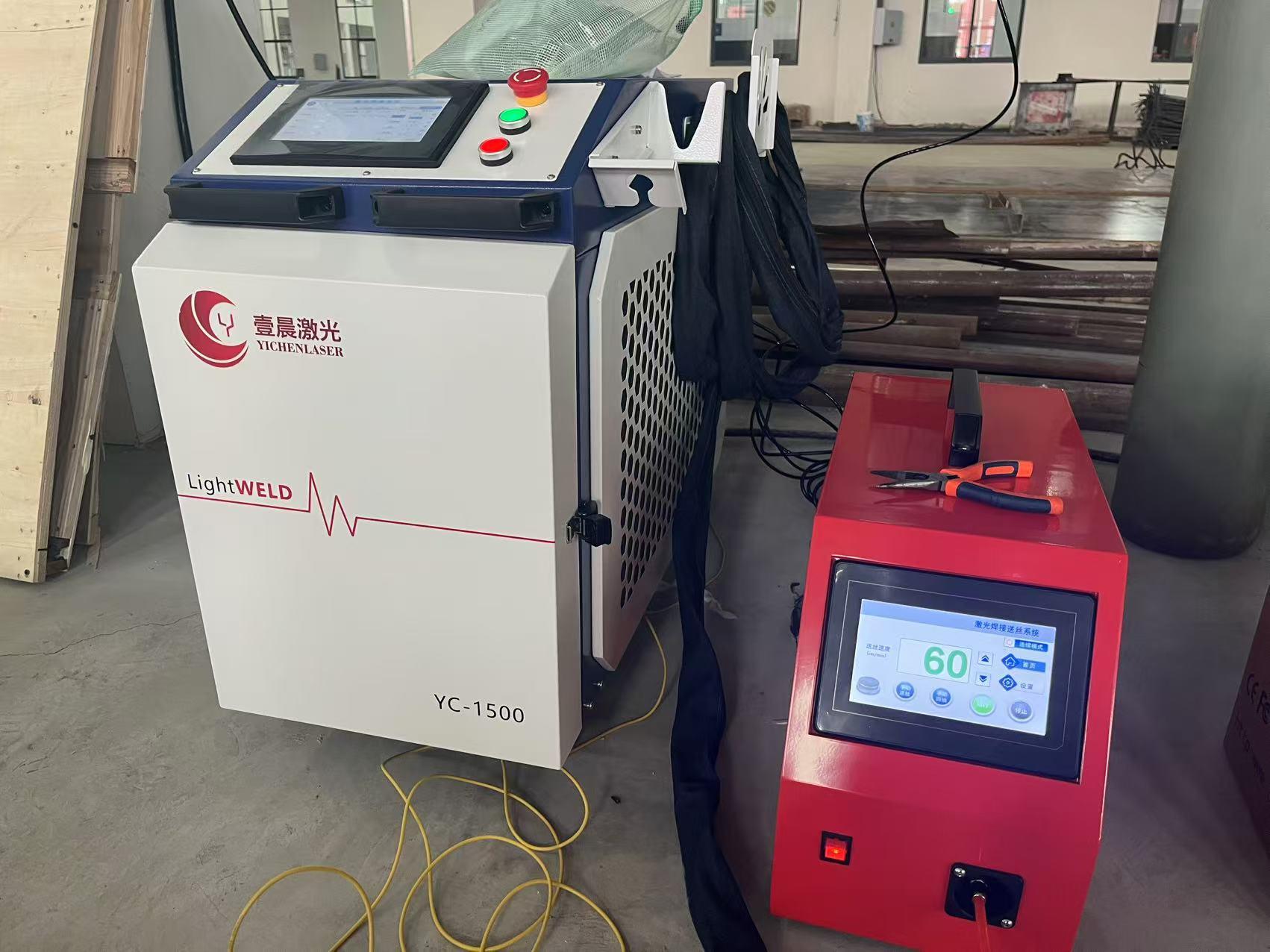
Adjust for Surface Complexity: For intricate parts, like engine components or aerospace equipment, you’ll need to work closer to the surface (e.g., 200-300mm) to ensure the beam targets small crevices. For flat surfaces, like steel plates, you can often work at the maximum distance (e.g., 500-600mm) for faster coverage.
Use Red Light Positioning: Many modern laser cleaners, like the ZAC 2000W model, include a red light positioning system to help you align the beam accurately. This feature is especially useful when working at longer distances, as it ensures the laser hits the rusted area precisely.
Account for Operator Fatigue: Handheld laser guns can weigh 2-5kg, and holding them at a fixed distance for extended periods can be tiring. For long shifts, consider machines with ergonomic designs or opt for robotic systems, which can maintain consistent distances without human effort.
Challenges of Working at Maximum Distance
While it’s tempting to push the working distance to its limit, especially for large projects, there are trade-offs. I once worked on a project restoring a rusted steel bridge, where we used a 3000W CW laser with a 600mm focal length. We tried extending the distance to 700mm to cover more area quickly, but the beam’s intensity dropped, requiring multiple passes to remove thick rust. This taught me that working at the maximum distance often reduces efficiency for heavy corrosion.
Additionally, longer distances can make it harder to control the beam’s trajectory, especially on curved or irregular surfaces. If you’re cleaning complex shapes, like turbine blades or classic car parts, stick to the recommended focal length (usually 400-500mm) to avoid uneven cleaning. For delicate materials, like aluminum or thin steel, pulsed lasers are better than continuous wave lasers, as they allow finer control and minimize the risk of overheating the substrate at longer distances.
Safety at Different Working Distances
Safety is a top priority in laser rust removal, and the working distance plays a big role. At closer distances (e.g., 200-300mm), the risk of accidental exposure to the laser beam is higher, especially if the operator is inexperienced. Always wear safety goggles rated for 1064nm wavelengths (the standard for fiber lasers) and ensure the work area is free of reflective surfaces that could redirect the beam.
At longer distances (e.g., 600-800mm), the risk of beam reflection decreases, but you’ll need a dust extraction system to capture vaporized rust particles, which can be hazardous if inhaled. I’ve worked with systems like the Laserax 2000W cleaner, which integrates a vacuum system to remove debris instantly, making it safer for operators working at extended distances. If your machine doesn’t have this feature, invest in a separate fume extractor to keep the air clean.

Choosing the Right Machine for Your Needs
Selecting a laser rust removal machine with the right working distance depends on your specific application. Here’s how I advise clients based on their needs:
Small-Scale Projects (e.g., jewelry, small parts): A 50W-200W pulsed laser with a 200-300mm focal length is ideal. These machines are portable, precise, and perfect for delicate work where you need to stay close to the surface.
Automotive Restoration: A 1000W-2000W handheld CW laser with a 430-600mm focal length works well for car panels, frames, and wheel arches. The longer distance allows for faster cleaning of large, flat surfaces.
Industrial Applications (e.g., bridges, ships): High-power 3000W-6000W CW lasers with 600-800mm focal lengths are best for large structures. These often come with long fiber optic cables (up to 15m), allowing operators to work from a distance while maintaining power.
Automated Systems: If you’re in manufacturing or aerospace, consider a robotic laser system with a custom focal length (up to 800mm). These are pricier but excel at cleaning complex shapes without human intervention.
Real-World Example
A few years ago, I helped a classic car restoration shop integrate a 1500W handheld laser cleaner into their workflow. They were restoring a 1960s Mustang with heavy rust on the undercarriage. We chose a machine with a 550mm focal length to balance speed and precision. The operator could work at 500mm for flat panels and drop to 300mm for tight spots like weld seams. The built-in red light positioning made it easy to target rusted areas, and the machine’s 10m fiber optic cable allowed flexibility in their cramped workshop. The result? They cut rust removal time by 70% compared to sandblasting, and the clean metal surface was ready for painting without additional prep.
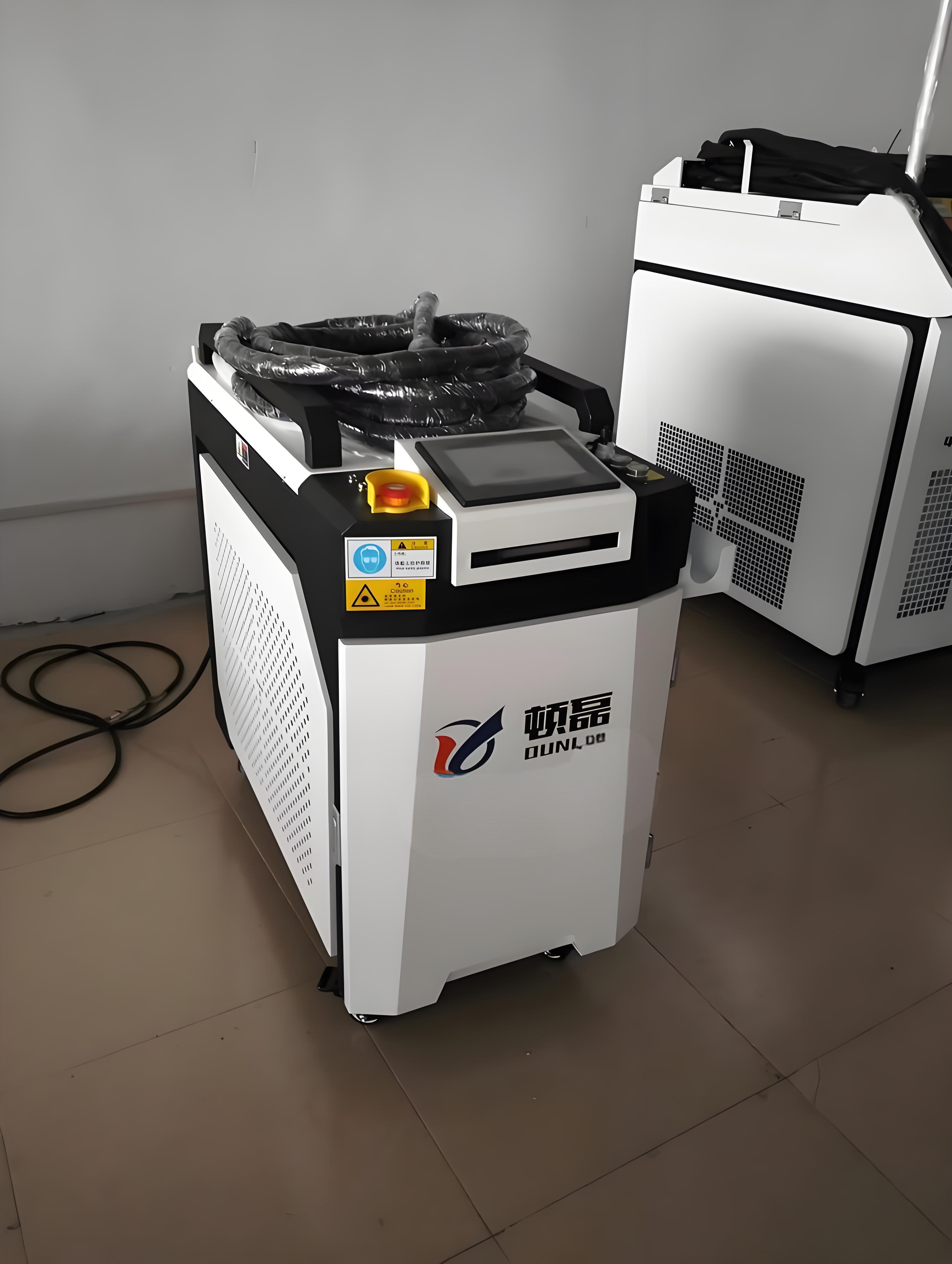
Cost and Accessibility
Laser rust removal machines aren’t cheap, with prices ranging from $6,000 for a 50W portable unit to $480,000 for a 1000W industrial model. However, their efficiency and low maintenance costs make them a worthwhile investment for businesses. For hobbyists or small shops, 100W-200W pulsed lasers are more affordable (around $13,000-$18,000) and still offer decent working distances for small projects. If cost is a concern, consider renting a machine or outsourcing to a professional service, especially for one-off jobs.
Future Trends in Laser Rust Removal
The technology is advancing rapidly, and I’m excited about where it’s headed. Newer machines are incorporating AI-driven focus systems and mobile app integration for real-time adjustments, which could extend working distances even further. For example, some 6000W models now offer swinging widths up to 500mm, allowing for broader coverage at distances up to 800mm. These advancements are making laser cleaning more accessible for large-scale applications like infrastructure maintenance.
Wrapping Up
Understanding the maximum rust removal distance for laser machines is about more than just numbers—it’s about matching the equipment to your project’s needs. Most handheld laser cleaners operate effectively at 400-600mm, with high-power models reaching up to 800mm for large-scale tasks. By considering factors like laser power, lens focal length, and surface complexity, you can choose a machine that delivers clean, efficient results. Whether you’re restoring a vintage car or maintaining industrial equipment, laser rust removal offers unmatched precision and flexibility. Just remember to prioritize safety, maintain consistent distances, and invest in quality equipment to get the most out of this game-changing technology.
Related Questions and Answers
Q: What is the optimal working distance for a handheld laser rust removal machine?
A: Most handheld laser cleaners work best at 400-600mm, with 430mm being a common focal length for balancing precision and operator comfort. Check your machine’s manual for the exact focal length, and use features like red light positioning to maintain accuracy.
Q: Can I use a laser rust removal machine at its maximum distance for heavy rust?
A: For heavy rust, working at the maximum distance (e.g., 600-800mm) may reduce efficiency, requiring multiple passes. Stick to the recommended focal length (e.g., 400-500mm) for thick corrosion to ensure complete removal without damaging the substrate.
Q: Are pulsed or continuous wave lasers better for long-distance rust removal?
A: Continuous wave (CW) lasers, like 1500W-6000W models, are better for long-distance work (up to 800mm) due to their higher power and broader coverage. Pulsed lasers (e.g., 50W-200W) are ideal for shorter distances (200-300mm) and delicate surfaces.
Q: How do I ensure safety when working at different distances?
A: Always wear 1064nm-rated safety goggles and clear reflective surfaces from the work area. At longer distances (e.g., 600-800mm), use a dust extraction system to capture vaporized rust particles. Machines with integrated vacuums, like the Laserax 2000W, enhance safety.

